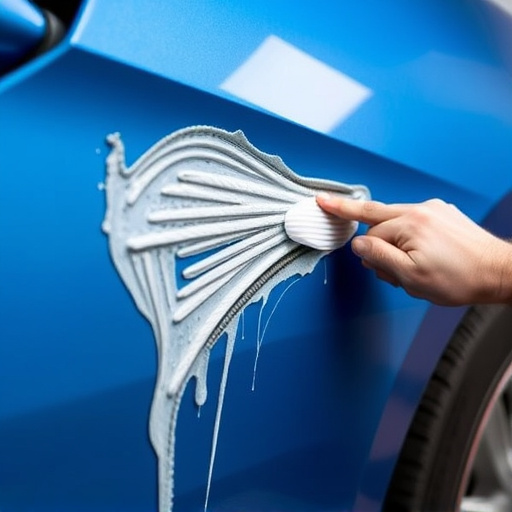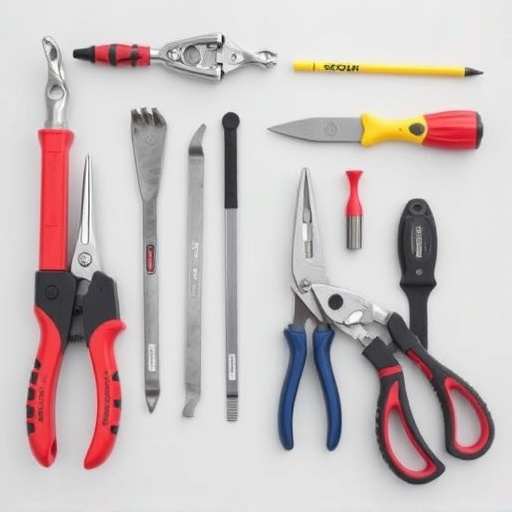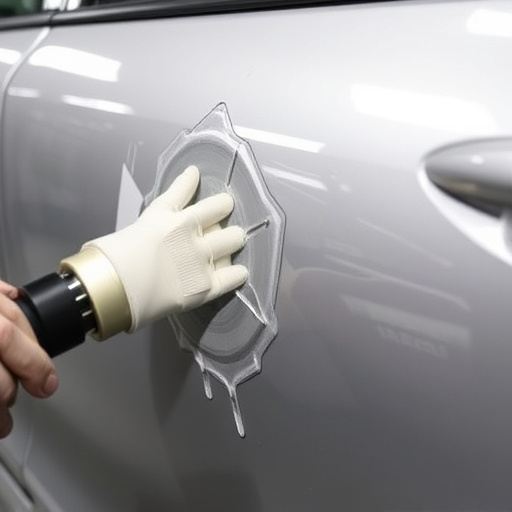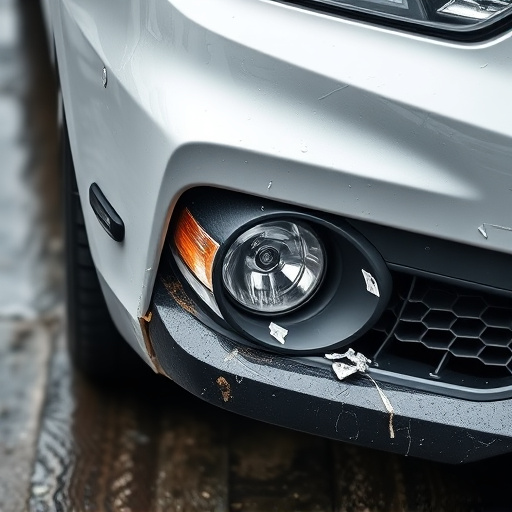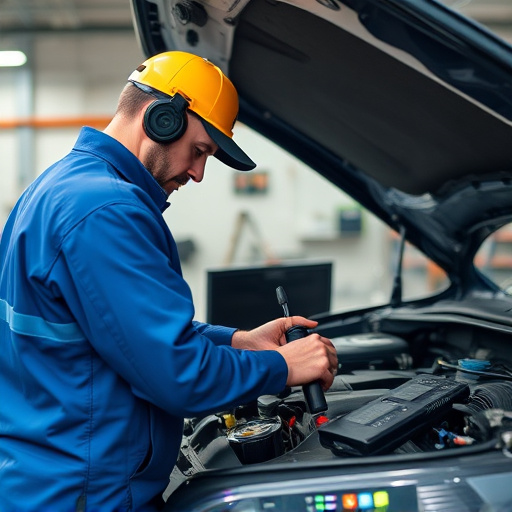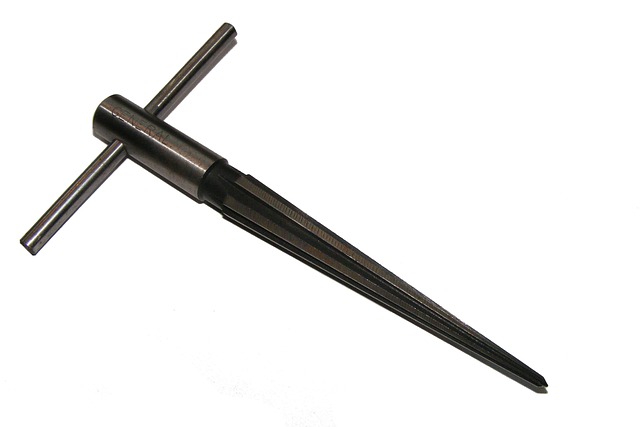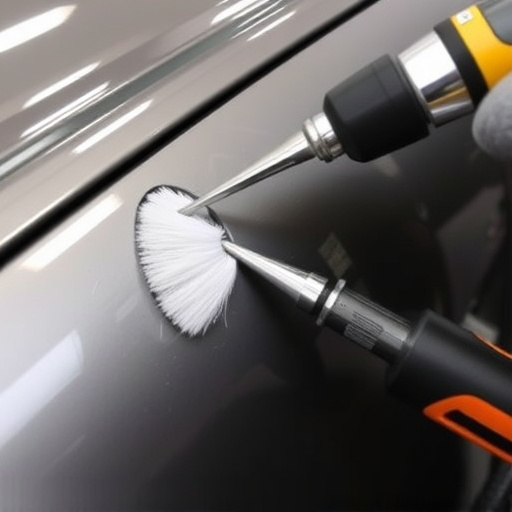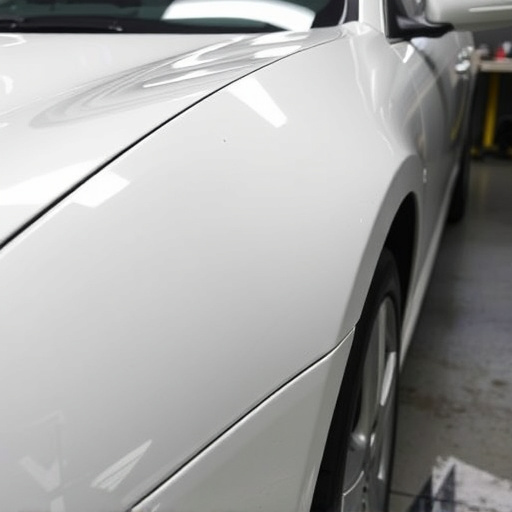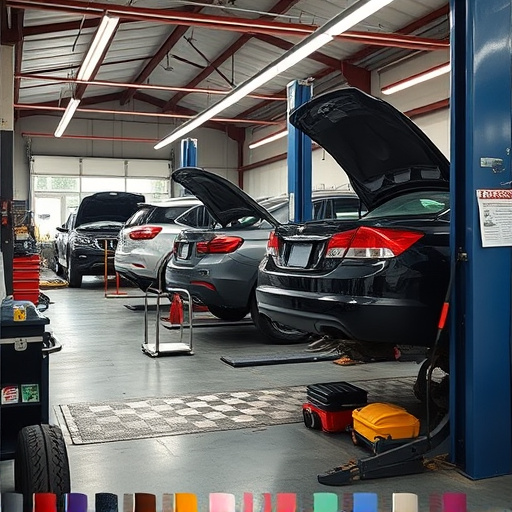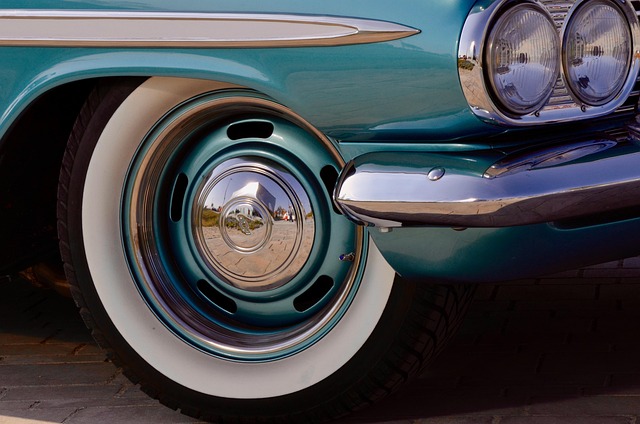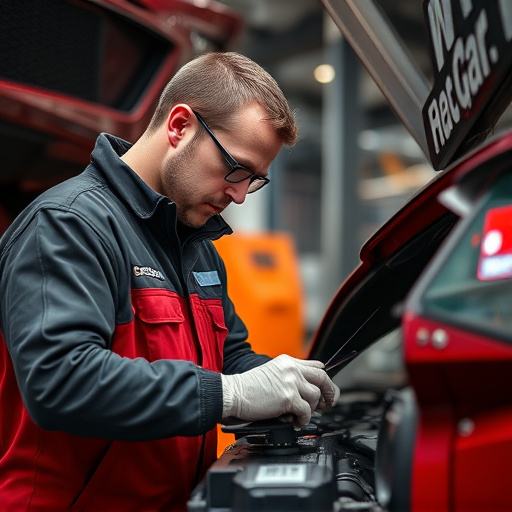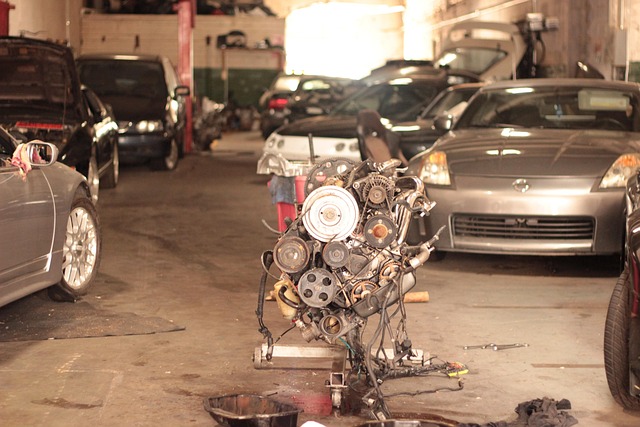Certified PDR (Paintless Dent Repair) technicians are crucial experts in the automotive industry, specializing in restoring damaged vehicles without painting. Their work ranges from fixing minor dents to extensive collision repair, ensuring structural integrity and aesthetic appeal. Training programs for these technicians should combine hands-on practice in controlled settings with theoretical instruction in physics, material science, and paint technology. These programs need to be regularly updated to include the latest techniques and trends, reflecting current market demands. Comprehensive training equips certified PDR technicians with advanced skills in auto body services, restoration, and painting, enabling them to meet industry standards, customer expectations, and evolving automotive landscape trends, ultimately enhancing repair quality.
“In today’s automotive industry, certified PDR (Paint Damage Repair) technicians are in high demand due to their crucial role in vehicle restoration. This article explores the significance of training programs designed to develop skilled certified PDR technicians. We delve into understanding the unique skills required, key components of effective training, and preparing these professionals for success in a competitive market. By examining these aspects, we aim to highlight the importance of comprehensive training in enhancing the capabilities of certified PDR technicians.”
- Understanding the Role of Certified PDR Technicians
- Key Components of Effective Training Programs
- Preparing Technicians for Success in the Industry Today
Understanding the Role of Certified PDR Technicians
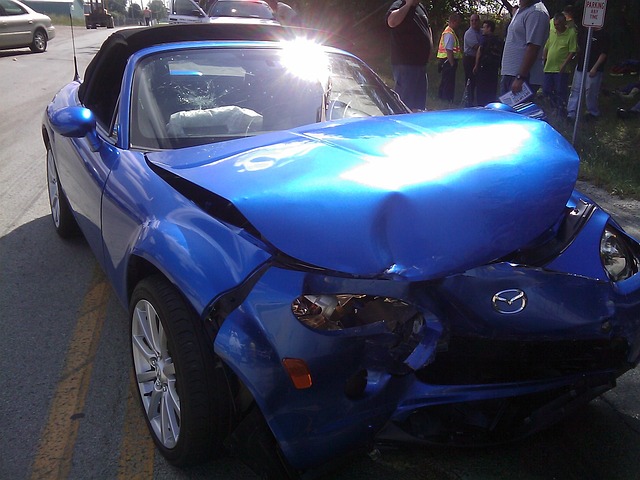
Certified PDR technicians play a pivotal role in the automotive industry, specializing in precise and efficient vehicle collision repair. Their expertise lies in restoring damaged vehicles to their pre-accident condition, focusing primarily on panel replacement and structural integrity. These technicians are not just skilled mechanics but artists who meticulously address every dent, scratch, and crease, ensuring the car’s aesthetic appeal remains intact.
Their work is crucial for maintaining the value of vehicles post-collision. With a blend of technical know-how and artistic precision, certified PDR technicians offer high-quality auto dent repair services, catering to both minor dings and extensive damage. This specialization demands a unique set of skills, making them invaluable assets in the car repair sector, where customer satisfaction and vehicle preservation are paramount.
Key Components of Effective Training Programs
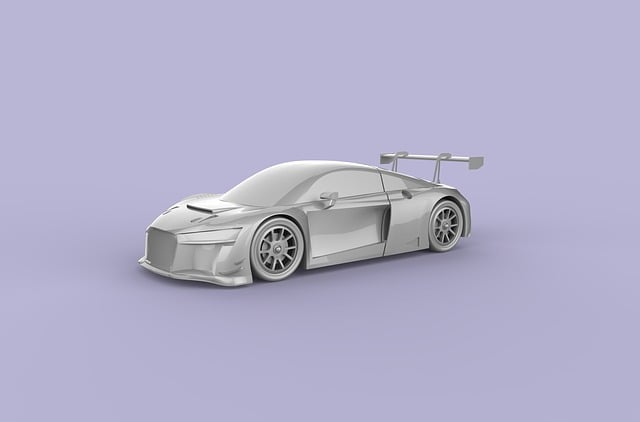
Training programs that equip individuals to become certified PDR technicians are instrumental in enhancing the automotive industry’s standard of vehicle body shop repairs. An effective program should encompass several key components to ensure comprehensive skill development and knowledge retention. Firstly, hands-on training in a controlled environment mirrors real-world scenarios, allowing technicians to gain practical experience in auto glass repair and car restoration techniques. This includes mastering various PDR tools and equipment, understanding the science behind dent removal, and learning how to assess and repair different types of vehicle damage.
Secondly, theoretical instruction plays a vital role in complementing hands-on training. Certified PDR technicians must grasp the fundamentals of physics, material properties, and paint technology. Understanding the underlying principles behind PDR enables them to make informed decisions during repairs, ensuring precision and minimizing damage to the vehicle’s finish. Additionally, industry-recognized certification courses should be designed to meet current market demands, keeping up with evolving auto glass repair techniques and car restoration trends.
Preparing Technicians for Success in the Industry Today
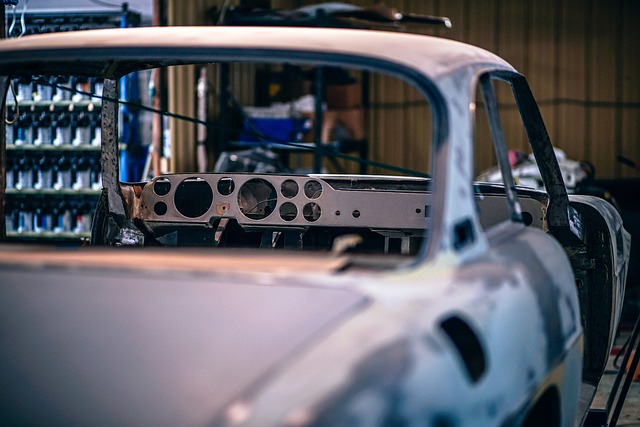
In today’s competitive automotive industry, preparing technicians for success goes beyond basic training. Certified PDR technicians need to be adept in auto body services, auto body restoration, and auto body painting – skills that demand precision, creativity, and a deep understanding of modern vehicle construction. Comprehensive training programs must therefore not only teach the technical aspects but also foster problem-solving skills, keep pace with evolving technologies, and cultivate a culture of continuous learning. This ensures that technicians are not just competent in their craft but also confident in delivering high-quality repairs that meet industry standards and customer expectations.
By integrating hands-on training with digital simulations and real-world case studies, educational institutions and employers can prepare certified PDR technicians for the challenges they’ll face in their careers. These strategies help technicians develop a keen eye for detail, learn to work efficiently, and adapt to new trends and materials in auto body restoration and painting. Ultimately, this preparation translates into better outcomes for both vehicle owners and the industry as a whole.
Training programs play a pivotal role in shaping competent and certified PDR technicians, equipped with the skills needed to thrive in today’s automotive industry. By focusing on comprehensive education, hands-on experience, and industry insights, these programs ensure that graduates are ready to excel in their roles, meeting the demands of modern vehicle repair and restoration. Investing in well-structured training is essential for both individuals seeking careers as certified PDR technicians and organizations aiming to enhance their workforce capabilities.

